In the fast-paced digital era, online questionnaires have become indispensable tools for gathering valuable insights, conducting research, and obtaining feedback. Whether you're a business owner, a researcher, or an educator, creating an effective online questionnaire can streamline data collection and provide you with actionable information.
In this comprehensive guide, we'll walk you through the process of making an online questionnaire from start to finish, ensuring you gather meaningful responses and make informed decisions.
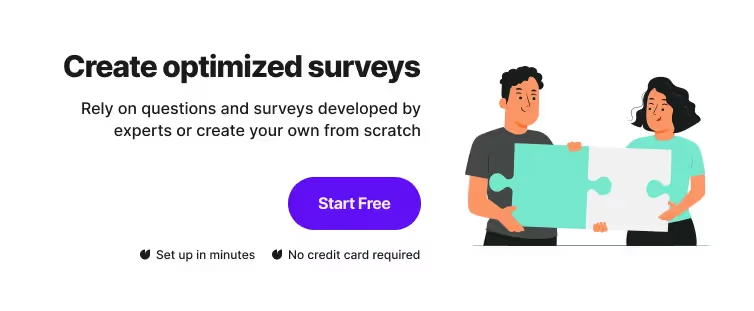
Step 1: Define Your Purpose and Objectives
Before diving into the creation process, it's crucial to clearly define the purpose of your online questionnaire and outline specific objectives. Are you conducting market research, gauging customer satisfaction, or collecting employee feedback? Understanding your goals will guide the design and structure of your questionnaire, ensuring that every question serves a meaningful purpose.
Step 2: Choose the Right Online Survey Tool
Selecting the right survey tool is a crucial step in the process. Numerous online platforms offer user-friendly interfaces and a range of features to help you design, distribute, and analyze your questionnaire. Popular choices include SurveyMonkey, Google Forms, Typeform, and Qualtrics. Consider factors such as ease of use, customization options, and data analysis capabilities when making your decision.
Step 3: Design a Clear and User-Friendly Layout
A well-designed questionnaire encourages higher response rates. Keep your layout simple and intuitive, with a clean design that is easy to navigate. Break down the questionnaire into sections or pages, using headers and subheadings to guide respondents through the survey. Ensure that your questions are clear, concise, and free from ambiguity to avoid any confusion.
Step 4: Craft Relevant and Effective Questions
Crafting the right questions is the heart of your online questionnaire. Start with demographic questions to provide context, then move on to more specific inquiries related to your objectives. Use a mix of question types, including multiple-choice, open-ended, and Likert scale questions. Avoid leading questions, and ensure that each question contributes directly to your research goals.
Step 5: Implement Skip Logic and Branching
To enhance the user experience and gather more targeted data, incorporate skip logic and branching into your questionnaire. This feature allows respondents to skip irrelevant questions based on their previous answers, ensuring that each participant engages with only the most relevant sections. This not only saves time for the respondent but also enhances the accuracy and relevance of your data.
Step 6: Test Your Questionnaire
Before launching your online questionnaire, conduct thorough testing to identify and address any potential issues. Test the survey on various devices and browsers to ensure compatibility. Pay attention to the flow, wording, and functionality of the questions. This step is crucial for catching any errors or inconsistencies that may impact the quality of your data.
Step 7: Launch and Distribute
Once you've completed testing and revisions, it's time to launch your questionnaire. Choose the appropriate distribution channels based on your target audience. You can share the survey through email, social media, or embed it on your website. Clearly communicate the purpose of the questionnaire and the expected time commitment to encourage participation.
Step 8: Monitor and Analyze Responses
As responses start pouring in, it's essential to monitor the progress of your questionnaire and analyze the data. Most online survey tools provide real-time analytics, allowing you to track response rates and view results as they come in. Pay attention to patterns, trends, and outliers in the data, and be prepared to adjust your approach if necessary.
Step 9: Interpret and Draw Conclusions
After collecting a sufficient number of responses, it's time to interpret the data and draw meaningful conclusions. Look for patterns, correlations, and insights that align with your initial objectives. Consider both quantitative and qualitative data, and use visualizations such as charts and graphs to communicate your findings effectively.
Step 10: Take Action and Implement Changes
The final step in the process is to take action based on your findings. Whether you're a business making strategic decisions, an educator refining a course, or a researcher drawing conclusions, the insights gathered from your online questionnaire should inform your next steps. Implement changes, refine strategies, or make data-driven decisions to achieve your goals.
Conclusion
In conclusion, creating a successful online questionnaire requires careful planning, thoughtful design, and a commitment to data-driven decision-making. By following these steps, you can develop a comprehensive questionnaire that gathers valuable insights and empowers you to make informed choices. Remember that the process is iterative, and continuous improvement is key to refining your approach and maximizing the impact of your online surveys.









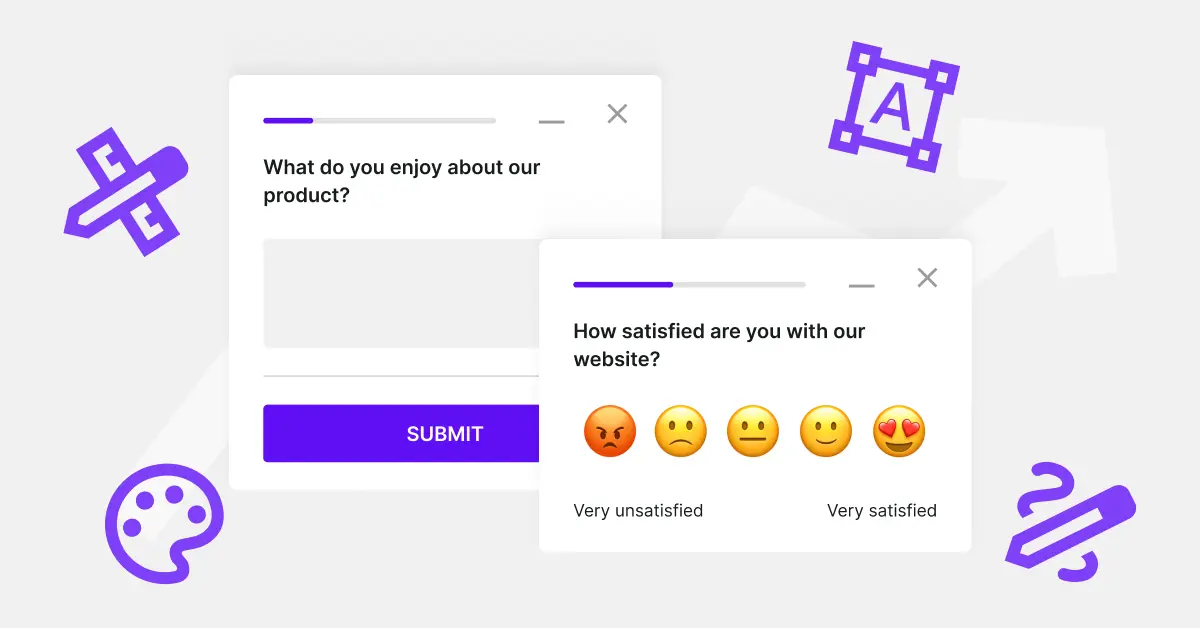
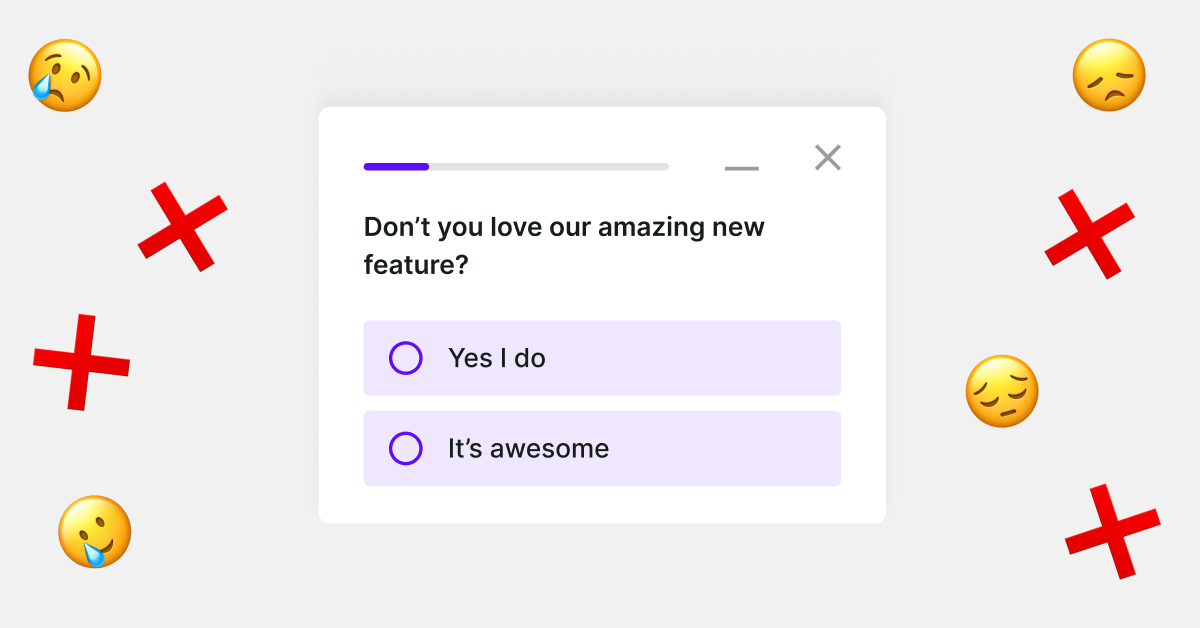
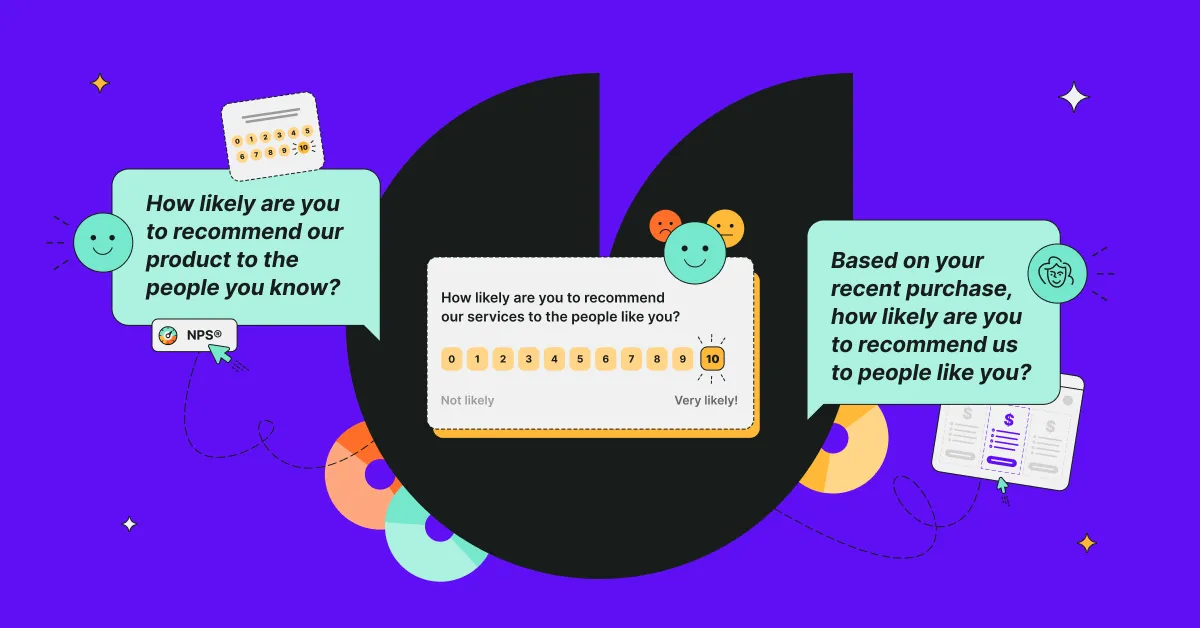
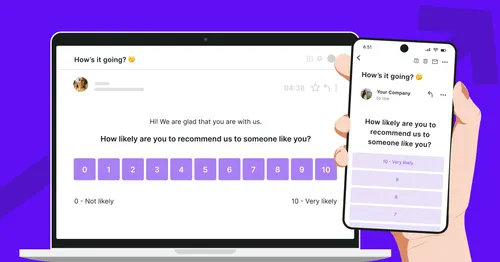
.svg)

.svg)



